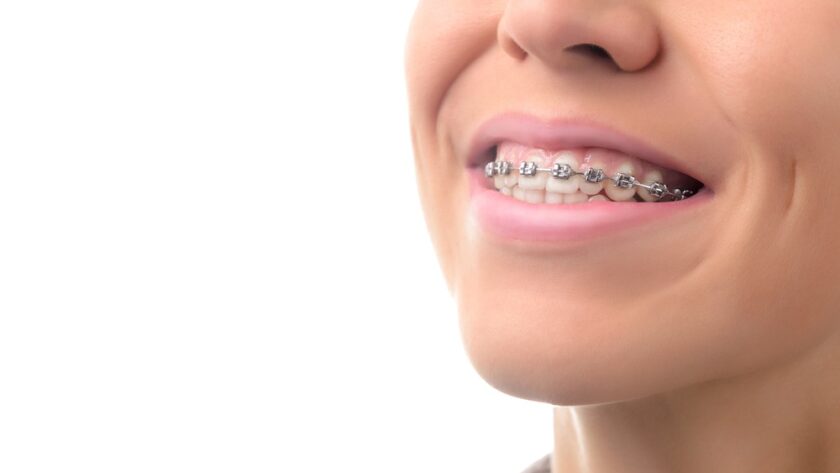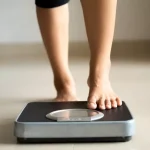An orthodontist is an expert dental professional with trained proficiency in correcting oral and dental asymmetries. Even in their mildest form, oral and dental misalignments, aka malocclusions, usually affect people’s smiles visibly. However, the effects of crooked teeth can be far more severe and not just cosmetic. To fully understand these points, read on as we discuss some of the signs that indicate you need to visit an orthodontist.
Smiles that Show Just One Row of Teeth
Stand in front of the mirror while showing your teeth in a natural smile. See if your upper or lower row of teeth is almost or completely covering the other row. If so, then you do have a malocclusion. If your upper row is covering the lower row of teeth, then it’s most likely an overbite. In case it’s the other way around, that’s likely to be an underbite. You must see an orthodontist to be diagnosed with the exact condition after tests and be treated appropriately. Visit the-oakwoodclinic.co.uk to find an orthodontist near you.
A Visible Jutting of the Jaw
The effects of an over jutting or an under jutting jaw are partially similar to a regular overbite or underbite respectively. However, the effects of an overjet or an under jet are more severe in almost every way. Any side profile picture will show if your upper or lower jaw is visibly extended or retracted in comparison to each other, as well as the rest of your face. Consult with an orthodontist for treatment options with and without jaw reconstructive surgery.
Gap Toothed Smile
Smile in front of the mirror and note if there is a visible gap between your two front teeth or lower teeth. If so, then your gap-toothed smile is a sign of diastema. See an orthodontist to know what your options are for a smile corrective procedure. Even if the gap is small right now, it will eventually increase to the point of creating an imbalance throughout the upper and/or lower row of front teeth without treatment.
Too Many Teeth
If you have two teeth struggling for space where there is only room for one, you have a malocclusion that’s commonly known as overcrowding. It usually happens when a milk tooth does not fall out before the adult tooth starts to grow. People may have multiple instances of overcrowding throughout their two rows of teeth. This leads to pain, gum displacement, smile distortion, crooked teeth, oral asymmetry and several other long-term oral health issues, unless they are treated by an expert orthodontist at the earliest stage.
Your Teeth Look Misaligned in the Mirror
Finally, the most obvious sign of a malocclusion is visible misalignment. If any one or more of your upper or lower teeth seem to be bent inward or outward, they are each an instance of malocclusion.
It could be a sign of crossbite, as that’s what leads to variable misalignments across both rows of teeth. Just like with any of the symptoms discussed so far, you will need to see an orthodontist to confirm a diagnosis and get it corrected.




